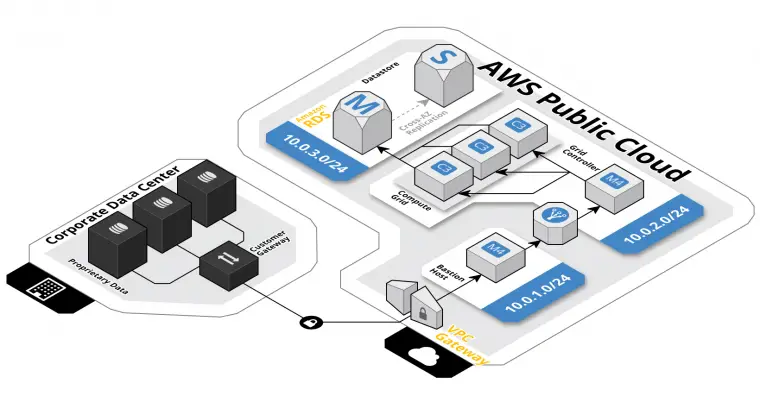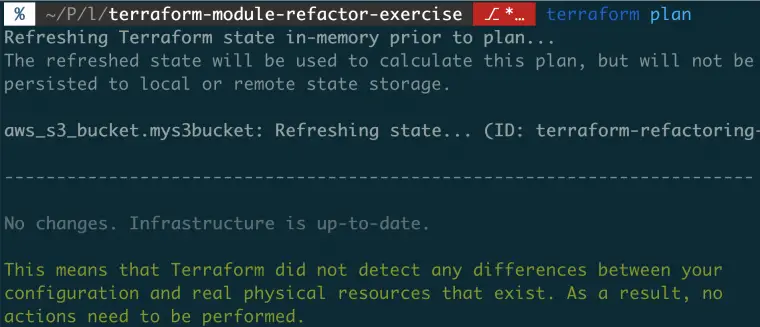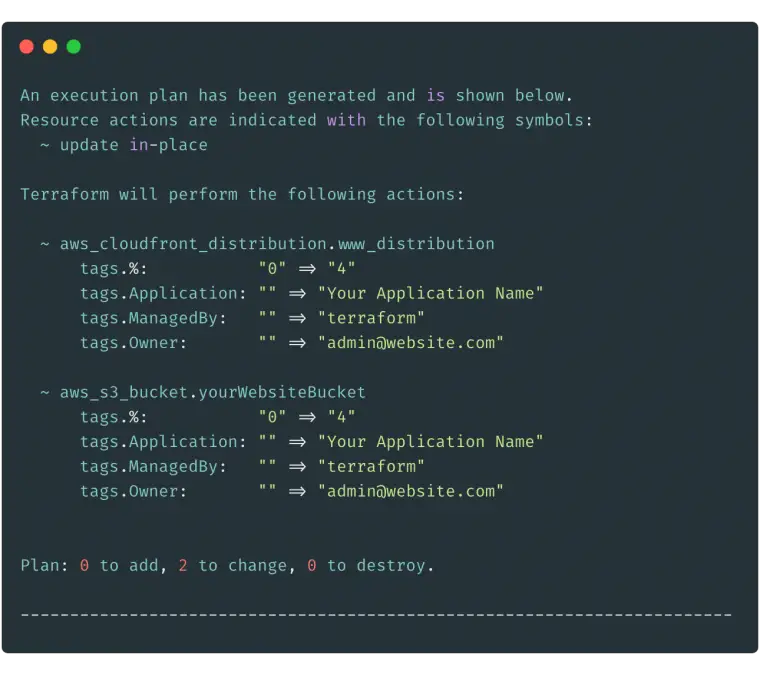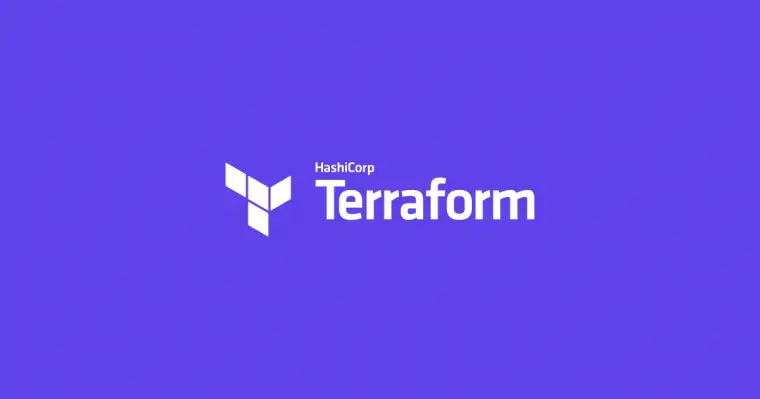We’ve talked a lot recently about infrastructure as code and setting up cloud environments. But nothing beats getting hands on with a technology to help learning. A workflow I’ve used a lot recently is Terraform (and remote state) using a Github Actions pipeline. It’s cheap, straight-forward and a great little workflow for creating cloud resources. Today, let me show you why.

So I thought setting up a basic workflow for creating a website would be a great hands-on way to get your head around some different topics: AWS, Terraform and Github Actions. Today we’ll go through how to setup an S3 bucket (which could function as a website) in AWS and use a Github Actions pipeline to create the infrastructure and upload our files.
By the end of this article you’ll know how to configure an AWS S3 bucket using Terraform and deploy it using Github Actions.





